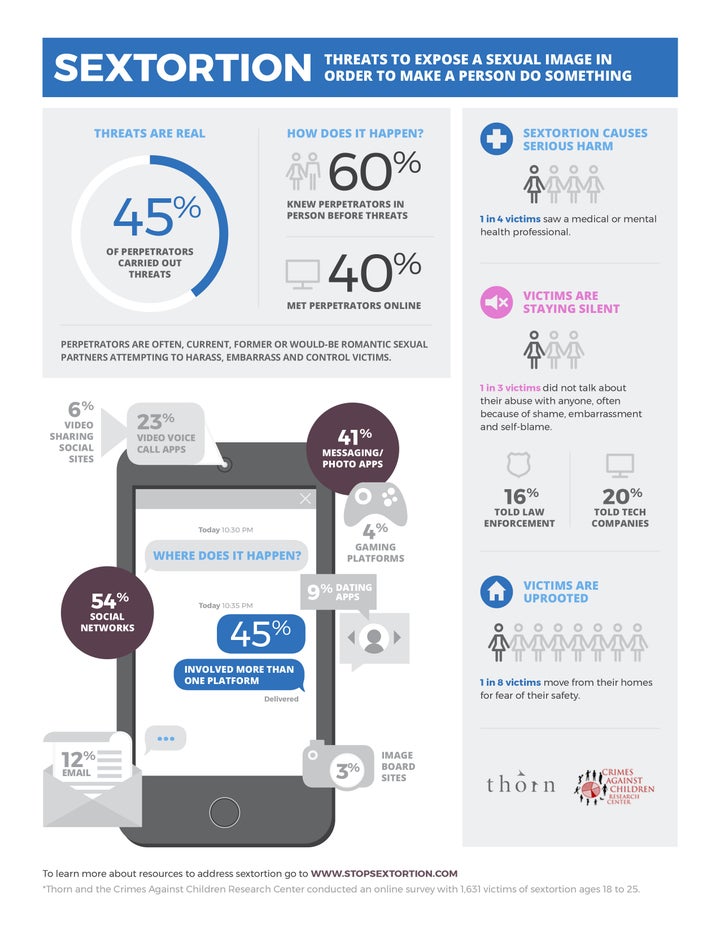For all of the advantages, connections, and collective good that innovative technology has created over the last decade, you’d have to be living under a rock or wearing very thick rose-colored glasses to ignore all of the subsequent problems which have arisen as a result.
As a human living on planet earth, I would argue that we do have some sort of obligation – perhaps duty is a better word – to put our mobile devices down for at least a moment, peek around, and take a look at the new realities of our world. Not to exacerbate the guilt we may already feel about our pre-destined privilege, but merely as an act of human decency.
Then, as we take this moment, we may be best served to ask ourselves the question: What do I need to be aware of in order to live consciously and not as a sleepwalker?
Or…what social issues are interesting to me, and how can I help?
Perhaps more pointedly: How do I use my talents and gifts to have a positive impact, however small it may seem?
Having written about and been personally interested in the extraordinary work of Thorn (a non-profit co-founded by Ashton Kutcher that builds technology to defend children from sexual abuse) over the last several years, I have been challenged to face the downsides of our digitally-driven culture with regard to sexual exploitation. What was once reserved for dark corners of homes, offices, churches, camps, and schools in the physical world, is now being acted out on the dark web, and virtual corners via online portals, social media, and digital environments of all sorts.
The latest trend in cybercrime: Sextortion. A relatively new activity that relies on victims feeling too ashamed to ask for help when an abuser threatens to distribute their intimate images.
It’s happening now… in every place you could possibly imagine right under our tech-savvy noses. This isn’t something that happens to someone else far away in some distant place; it’s happening to our daughters, sons, brothers, sisters, cousins, you name it.
Predators of any sort, particularly those of a sexual nature, depend mostly on innocence, shame, and guilt as precursors for their victims’ compliance. So how do you arm victims against these perpetrators? For starters, you break down the barriers and offer wide open, safe places for conversations. Technology solutions alone cannot solve the problems technology has created; rather, human solutions have to do their part…to solve human problems.
I sat down with the CEO of Thorn, Julie Cordua, to learn more about the Stop Sextortion campaign and to (hopefully) plant a seed for conversations that will spark life-altering solutions, rather than life-altering crises, in the lives of young people.
Rebekah Iliff: What are a few things Thorn has been focused on over the last several years?
Julie Cordua: Thorn’s core focus is building technology to defend children from sexual abuse. We look at three different areas: How can we help find victims faster; how can we help deter predatory behavior; and how can we help companies clean this type of content and behavior off their platforms. Over the past several years, our work has mainly focused on building tools to find child victims of abuse faster. Today, our two products, Spotlight and Solis are used in seventeen countries and in the last year have helped identify more than 6,000 victims of abuse.
The launch of this campaign is one of our first steps in raising public awareness about some of the issues we tackle to engage the public in the response. We were researching emerging trends in online abuse and sextortion was quite dominant. We realized that while sextortion was an issue that was created in part by technology it wouldn’t be resolved solely with a technical solution. We’re trying to bring this issue into the light, spark discussion and create a safe space for children to ask for help if they need it.
RI: Who are some of Thorn’s key technology partners and what is the motivation for them being involved with your initiatives?
JC: Partnership and unexpected collaborations and connections are core to what we do. We sit at the intersection of technology, business, nonprofits and law enforcement. We’re able to connect dots that haven’t been connected before and bring new resources to bear on behalf of these children. We have a wide range of technology and corporate partners including Facebook, Google, Twitter, Amazon Web Services, Digital Reasoning, Microsoft, MemSql, Intel - all of whom bring something unique to our work. They can bring a certain technical expertise that advances our products, or we can work with them on improving their own response to this issue or in raising awareness, like with this campaign. The great thing about this work is that it’s an issue that most everyone wants to work on, and companies that normally wouldn’t collaborate do so because of the greater good. When they come to work with Thorn, we are all working on behalf of children who have no voice.
RI: Why were you drawn to joining Thorn? What experiences from your past roles (both personal and professional) gave you the skills and passion to tackle sexual exploitation?
JC: Thorn was created after more than two years of research and exploration to better understand what was most needed in the efforts to combat child trafficking and sexual abuse. It was clear that while technology had not created trafficking and abuse, it had definitely democratized it. And, it was clear that technology wasn’t being used strategically and effectively as part of the solution. Thorn was created to solve that: To put business thinking and innovation to work on behalf of these children who rarely have a voice and to serve those in the field who are on the front lines of combatting abuse every day.
I was drawn to this because my prior career was a unique blend of technology and social impact; and I also had a lot of experience in bringing private sector resources to bear in an effective way through my time at RED. I have a strong belief that the private sector can and should be a critical player on major social issues, and I think I have a unique skill set that helps make tough issues accessible and actionable for companies. On the other hand, I had a lot to learn about child sexual abuse in starting this job - and I still do. We rely on a broad network of experts, survivors, law enforcement to educate us and we work to serve them.
RI: What are a few things people would be shocked to know about child sexual exploitation?
JC: The biggest eye opener for me was how pervasive child abuse is online. Our work spans trafficking, the spread of child abuse material, sextortion and really any intersection of child sexual abuse and technology. When you look at the sheer numbers of people who are involved in these crimes it is staggering, both on the victim and perpetrator side.
This is not something that will be solved with one type of solution. Rather it’s going to take a holistic approach: One that involves educating our children about technology and responsibility (both boys and girls), but also educates them about healthy relationships with themselves and others. It also takes educating caregivers and educators so we can better engage with our children on these topics. Furthermore, companies must engage and be proactive about creating safe spaces for children. It will also require updating policies and laws. Last, but certainly not least, we must all be committed to talking about uncomfortable topics (take sextortion for example) and bringing this abuse out of the darkness and into the light so solutions can be developed.
RI: In terms of the current Stop Sextortion campaign, what was the impetus behind that? And subsequently, what are the goals?
JC: This campaign is rooted in work that started a few years ago. As part of our regular research, we were continually hearing about the issue of sextortion. Victims’ services organizations were working with more survivors and facing the awful reality of the fact that at times many of their lives ended in suicide. Additionally, law enforcement was seeing a rise in the crime, while tech platforms were figuring out how to deal with it and more. So we partnered with University of New Hampshire’s Crimes Against Children Research Center on a research study to better understand how the crime happened and to gain insight from victims themselves so we could better address the issues.
What came out of the research was that the most pressing thing that needed to happen was that this crime needed to be talked about. We needed to educate youth on risks, but also create safe spaces for conversations and remove the shame. We had more than 1,000 people write us and tell us their stories. One third of these people had never told anyone! The fact that those young people and many more were suffering in silence was horrible and something needed to be done.

RI: Why was actress Shay Mitchell interested in getting involved as the “voice” of the campaign?
JC: Shay is extremely knowledgeable about the issues we work on: From her time living in Thailand and visiting Cambodia and seeing trafficking there first hand, to her own experiences. Shay really wants to bring attention and awareness to these issues and give children a voice in order to help them rise out of the shame and fear and be a part of starting the conversation. That’s important to her.
RI: If you were able to give parents one piece of critical advice about sextortion, what would it be?
JC: Listen and talk to your children. Do not blame, shame, or judge. Our children are growing up in a very different world than we did. They are exploring their sexuality in a digital age and that means there are new minefields and things to watch out for. Talk to them about the risks, but also recognize that they may make a decision that ends poorly and be there for them. Providing a safe space for them to speak openly, to learn, and to grow, is one of the surest ways they will remain safe both on and offline.
RI: How can everyday folks get involved with the campaign?
JC: These simple steps are a good place to start:
1. Visit www.stopsextortion.com and watch the video (narrated by Shay)
2. Share the link on your social channels and use hashtags #friendsfirst #noshame
3. Tell at least 3 friends today that you'll have their back if this ever happens to them
RI: What’s next for Thorn? In a perfect world, what is the vision realized over the next several years?
JC: We have a lot of work to do. Not just Thorn, but us as a collective society to balance the rapid pace of technology innovation with protecting our children. This will take tough conversations and decisions, much creative thinking and a lot of hard work, but this work will become ever more important in the coming years. Our mission is to defend children and we will not stop until every child can be a kid.
Get involved with the conversation:
Visit www.stopsextortion.com for more information on the campaign
Check out Thorn’s great work, partners, and more at: www.wearethorn.org
Twitter: @thorn
Instagram: @thorn
Facebook: facebook.com/wearethorn
